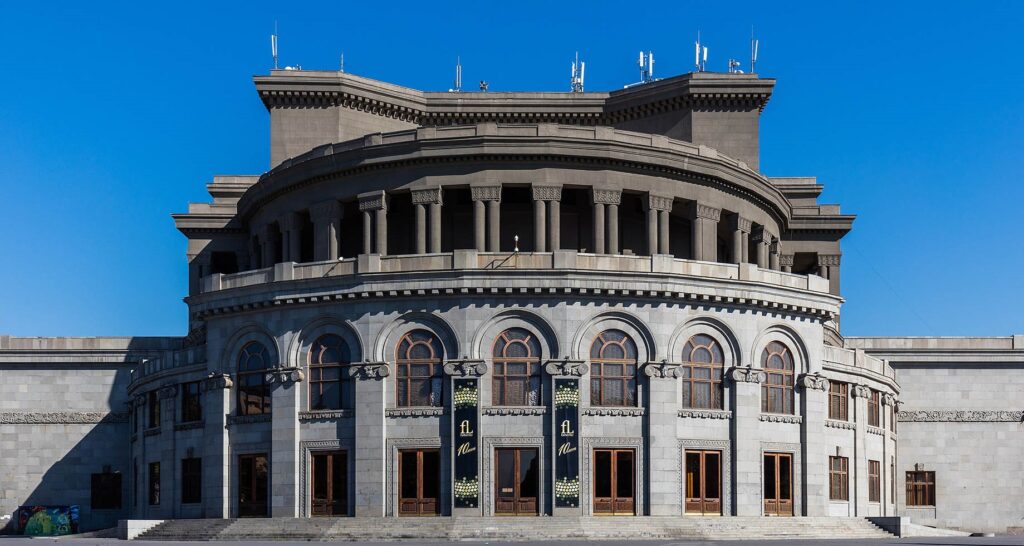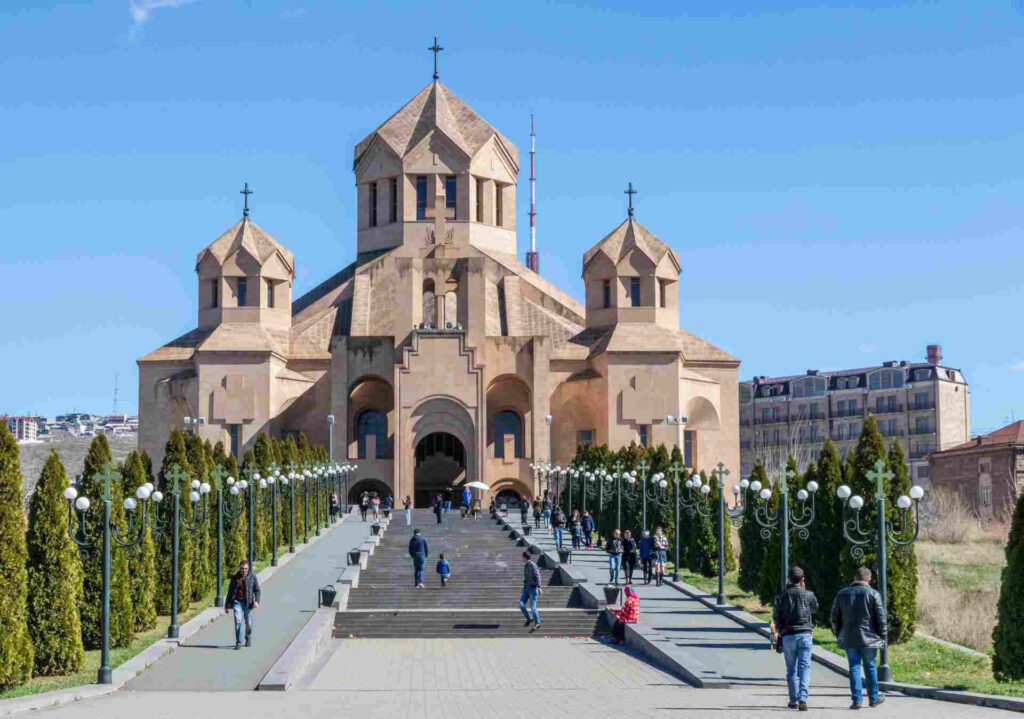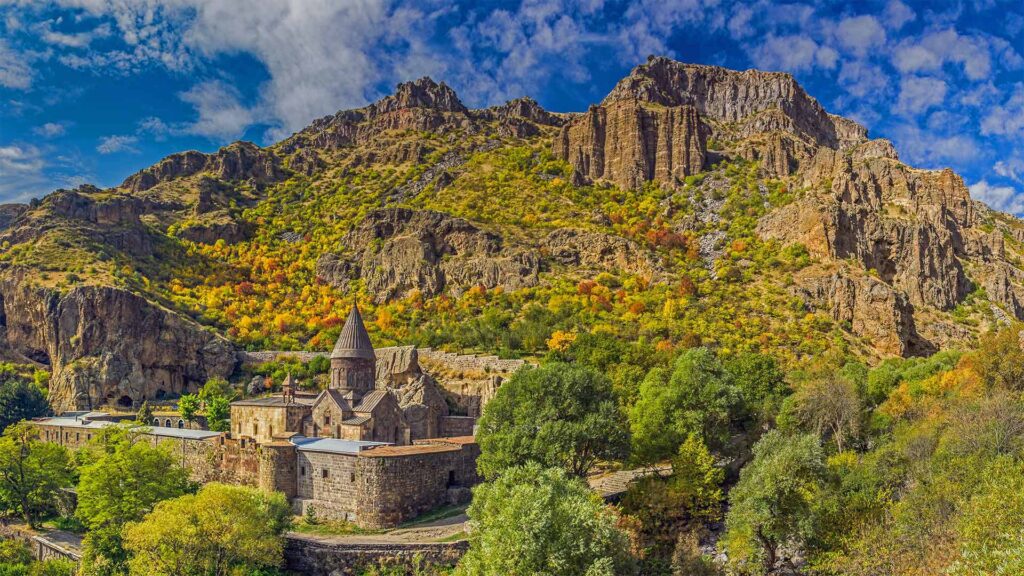Introducing The Haghpat Monastery
In the heart of Armenia’s picturesque Lori Province, nestled amidst the rugged mountains and verdant landscapes, stands the captivating Haghpat Monastery – a testament to the country’s rich cultural heritage and the enduring spirit of its people. This ancient monastic complex, a UNESCO World Heritage Site, has long been revered as one of the most significant and well-preserved examples of medieval Armenian architecture.

Haghpat Monastery of Armenia
A Brief History of Haghpat Monastery
The Haghpat Monastery was founded in the 10th century, during the reign of the Bagratid dynasty, which played a crucial role in the political and cultural development of medieval Armenia. The monastery was initially established as a center of learning and spiritual enlightenment, attracting scholars, scribes, and devotees from across the region.
The Architectural Masterpieces
The Haghpat Monastery complex is a true architectural wonder, showcasing a harmonious blend of Romanesque and Armenian styles. The main structures within the complex include the Church of the Savior, the Church of St. Gregory, the Catholicos’ Palace, the Scriptorium, and the Bell Tower, each with its own unique design and historical significance.
The Church of the Savior
The crowning jewel of the Haghpat Monastery is the Church of the Savior, a magnificent edifice that dates back to the late 10th century. This structure is renowned for its striking exterior, characterized by intricately carved stone facades and a towering, pointed dome that dominates the skyline. The interior of the church is equally impressive, with its grand, vaulted ceilings, ornate frescoes, and intricate stone carvings that depict scenes from the Bible and the lives of Armenian saints.
The Church of St. Gregory
Adjacent to the Church of the Savior stands the Church of St. Gregory, another architectural gem of the Haghpat Monastery complex. This church, built in the 13th century, showcases a unique blend of Romanesque and Armenian styles, with its distinctive pointed arches, decorative stone carvings, and expansive, airy interior. The church is dedicated to St. Gregory the Illuminator, the patron saint of the Armenian Apostolic Church, and is renowned for its exceptional acoustics, which have made it a popular venue for sacred music performances.
The Catholicos’ Palace
Beyond the religious structures, the Haghpat Monastery complex also includes the Catholicos’ Palace, a substantial and imposing building that once served as the residence of the Catholicos, the supreme head of the Armenian Apostolic Church. This impressive structure, constructed in the 13th century, features a combination of Romanesque and Armenian architectural elements, including pointed arches, ornate stone carvings, and intricate frescoes that adorn the walls and ceilings.
The Scriptorium and Bell Tower
The Scriptorium, a specialized building within the Haghpat Monastery complex, was once the center of the monastery’s intellectual and literary activities. Here, skilled scribes and illuminators crafted exquisite manuscripts, carefully preserving the written heritage of the Armenian people. The Scriptorium’s well-preserved interior, with its vaulted ceilings and distinctive architectural features, offers a glimpse into the scholarly pursuits that once thrived within the monastery’s walls.
Complementing the Scriptorium is the iconic Bell Tower, a towering structure that stands as a symbol of the Haghpat Monastery’s enduring legacy. Constructed in the 13th century, the Bell Tower soars above the surrounding buildings, its distinctive silhouette visible from afar. The tower’s melodic bells have long been an integral part of the monastery’s daily life, calling the faithful to prayer and marking the passage of time.
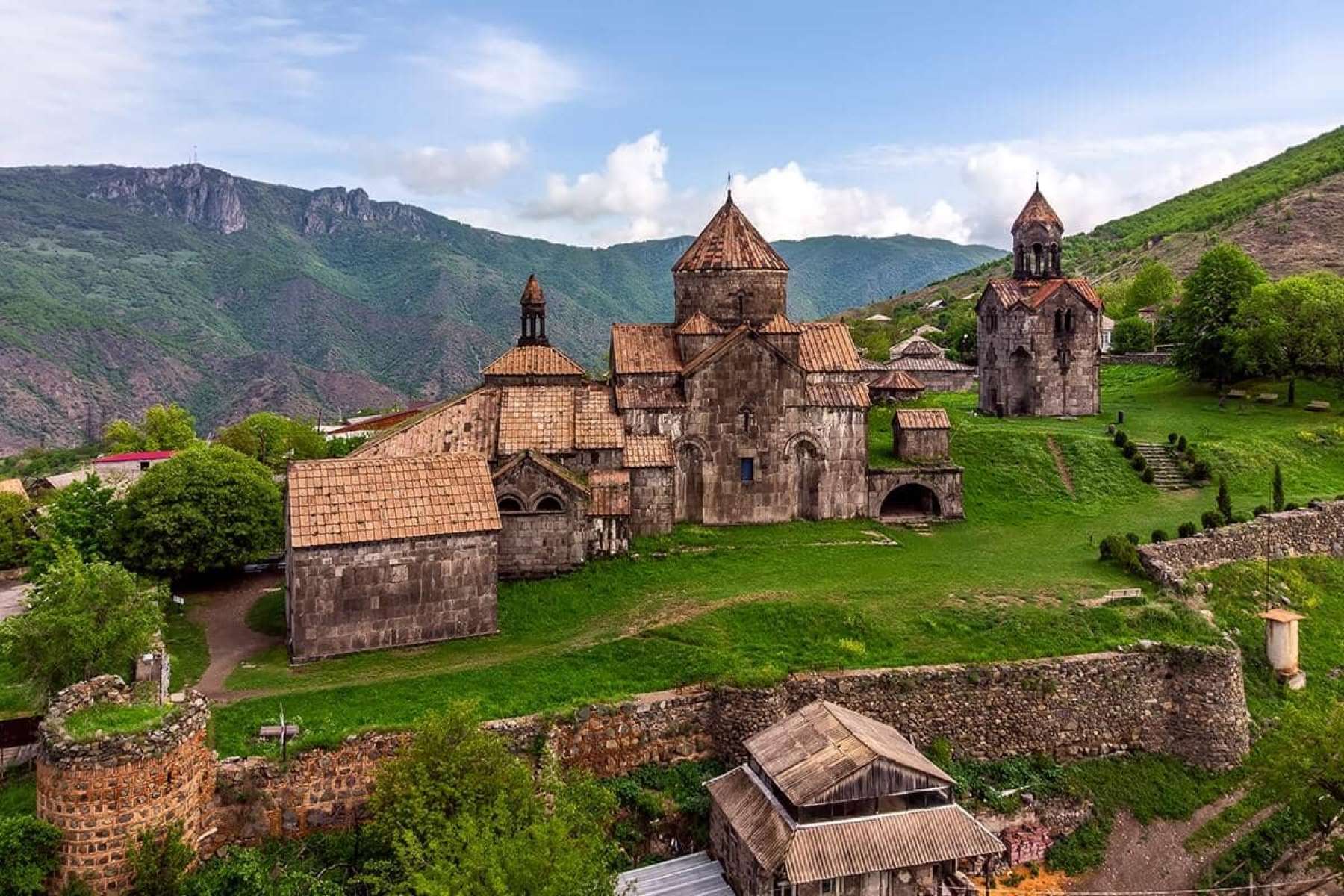
Haghpat Monastery of Armenia
The Cultural Significance of Haghpat Monastery
Beyond its architectural brilliance, the Haghpat Monastery has played a crucial role in the cultural and intellectual life of Armenia throughout its long history. As a center of learning and religious devotion, the monastery has contributed significantly to the preservation and dissemination of Armenian culture, language, and traditions.
A Beacon of Spirituality and Education
During the monastery’s heyday, it was a hub of scholarly activity, attracting scribes, theologians, and philosophers from across the region. The Scriptorium was a vital component of this intellectual ecosystem, where skilled artisans and writers produced illuminated manuscripts, chronicled historical events, and copied ancient texts, ensuring the survival of Armenia’s rich literary heritage.
The Haghpat Monastery was also a bastion of spiritual life, serving as a site of pilgrimage and devotion for generations of Armenians. The monastery’s churches, with their soaring architecture and intricate religious iconography, have long been the focus of religious ceremonies, festivals, and theological discussions, reinforcing the deep-rooted connection between the Armenian people and their faith.
A Resilient Survivor of Turbulent Times
Throughout its history, the Haghpat Monastery has endured numerous challenges and periods of upheaval, including foreign invasions, political instability, and natural disasters. Despite these trials, the monastery has remained a steadfast symbol of Armenia’s enduring spirit and cultural resilience.
During the 13th and 14th centuries, the monastery faced significant threats from the Mongol and Turkic invaders who swept through the region. However, the Haghpat Monastery managed to withstand these challenges, thanks to the dedication and resilience of its inhabitants, who worked tirelessly to protect the complex and its invaluable cultural treasures.
Even in the face of the devastation caused by natural disasters, such as earthquakes and fires, the Haghpat Monastery has been painstakingly restored and preserved, ensuring that its architectural and cultural legacy continues to inspire and educate generations of Armenians and visitors from around the world.

Haghpat Monastery of Armenia
Exploring the Haghpat Monastery Today
Today, the Haghpat Monastery stands as a testament to the enduring spirit of the Armenian people, a living museum that invites visitors to immerse themselves in the country’s rich cultural heritage. The monastery’s well-preserved structures, stunning natural surroundings, and the warm hospitality of the local community make it a must-visit destination for anyone interested in exploring the wonders of Armenia.
A Guided Tour of the Monastery
Visitors to the Haghpat Monastery can embark on a guided tour, which provides an in-depth exploration of the complex’s architectural and historical significance. Knowledgeable local guides share the fascinating stories and legends associated with the monastery, bringing its past to life and offering a deeper understanding of its role in Armenian culture.
The tour typically begins at the impressive main entrance, where visitors can admire the intricate stone carvings and the towering bell tower that dominates the skyline. From there, the tour proceeds to the Church of the Savior, the Church of St. Gregory, the Catholicos’ Palace, and the Scriptorium, each offering a unique glimpse into the monastery’s rich history and architectural achievements.
Experiencing the Spiritual and Cultural Legacy
Beyond the guided tour, visitors to the Haghpat Monastery can immerse themselves in the spiritual and cultural legacy of the site. Attending a religious service in one of the monastery’s churches is a deeply moving experience, allowing visitors to witness the enduring traditions and rituals that have been practiced here for centuries.
The monastery also hosts various cultural events and festivals throughout the year, celebrating Armenian music, dance, and traditional crafts. These events provide visitors with the opportunity to engage with the vibrant local community and gain a deeper appreciation for the region’s cultural heritage.
Exploring the Surrounding Landscapes
The Haghpat Monastery is situated in a breathtaking natural setting, surrounded by the rugged mountains and lush forests of the Lori Province. Visitors can venture beyond the monastery’s walls to explore the stunning hiking trails and scenic viewpoints that offer panoramic vistas of the surrounding landscapes.
The Lori Province is also home to a wealth of other historical and cultural sites, including the Sanahin Monastery, another UNESCO World Heritage Site that complements the Haghpat Monastery in its architectural and cultural significance. By exploring the region’s various treasures, visitors can gain a comprehensive understanding of Armenia’s rich history and the enduring legacy of its people.

Haghpat Monastery of Armenia
Conclusion
The Haghpat Monastery stands as a remarkable testament to the ingenuity, spirituality, and resilience of the Armenian people. Its awe-inspiring architecture, rich cultural heritage, and enduring legacy continue to captivate and inspire all who visit this remarkable site. Whether you’re drawn to its religious significance, its architectural wonders, or its role in preserving Armenia’s intellectual and creative traditions, the Haghpat Monastery is a must-visit destination for anyone seeking to immerse themselves in the heart of the country’s cultural tapestry.
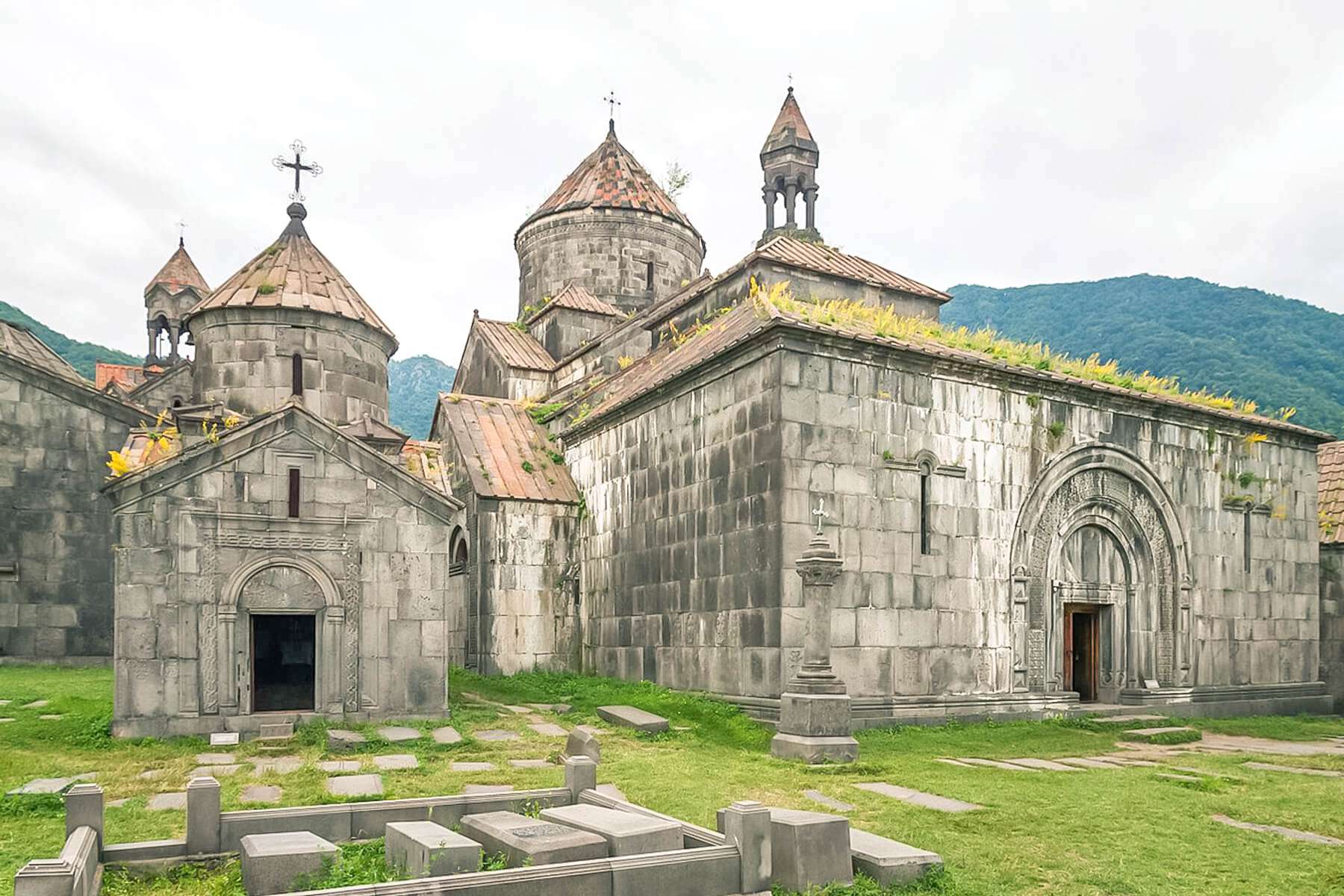
Haghpat Monastery of Armenia

